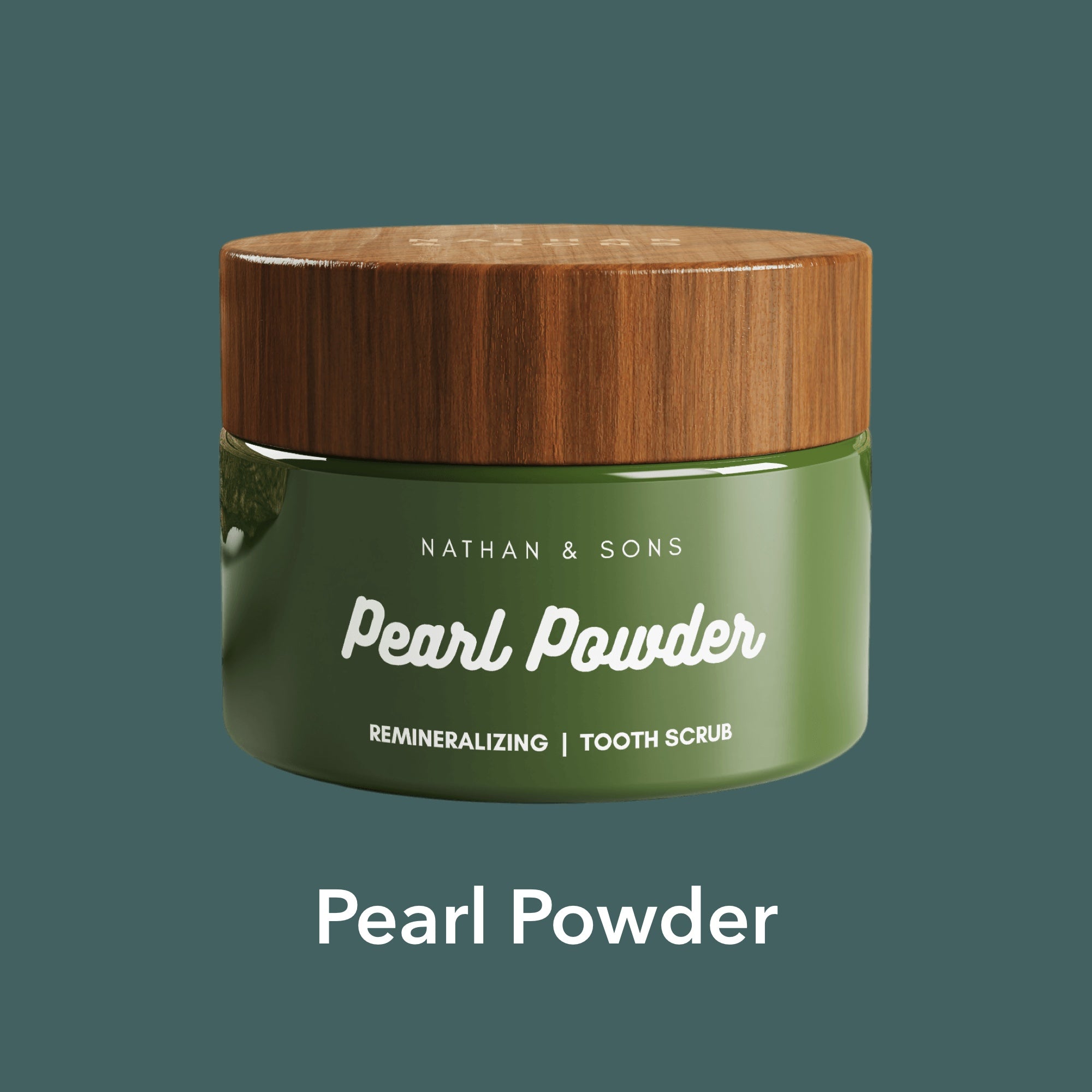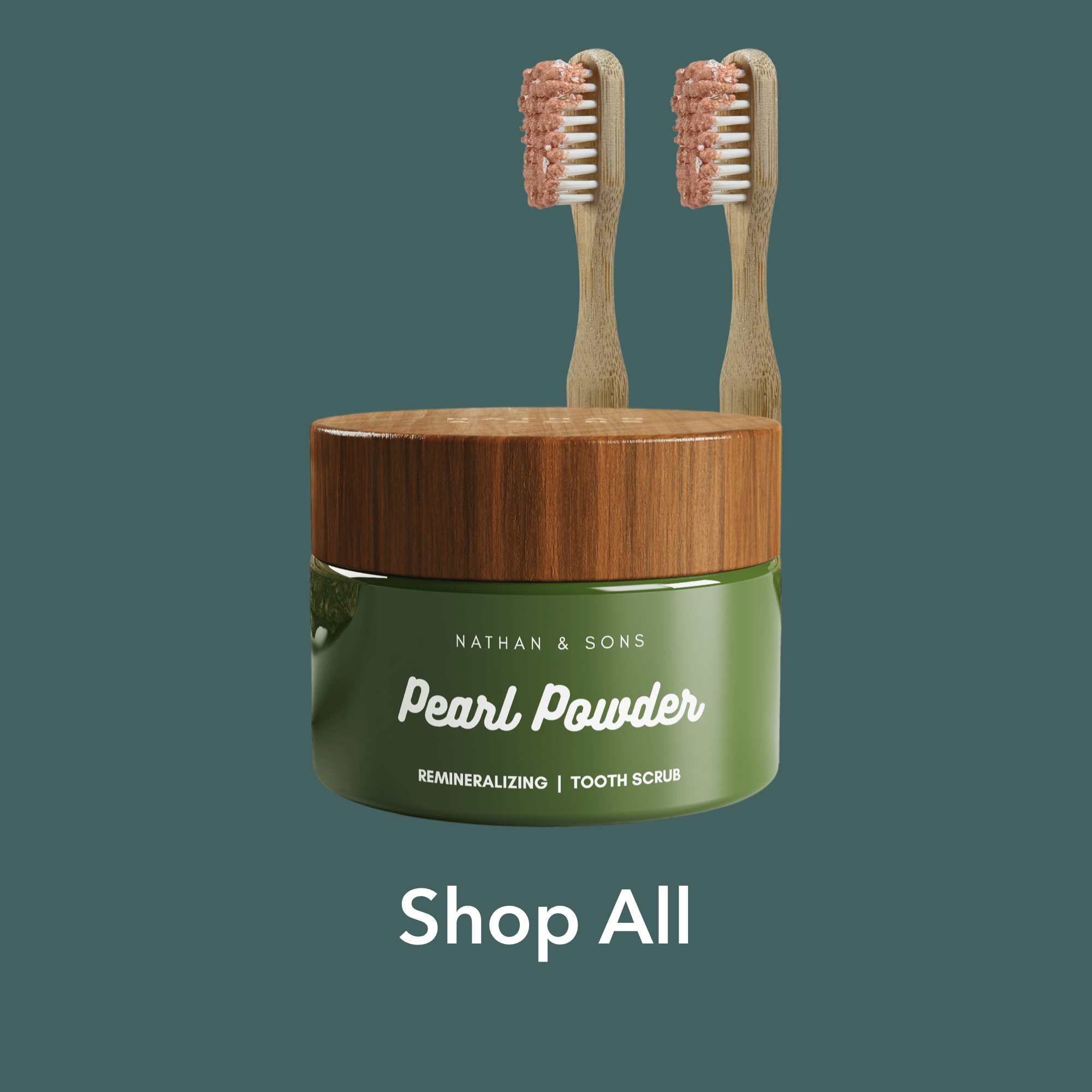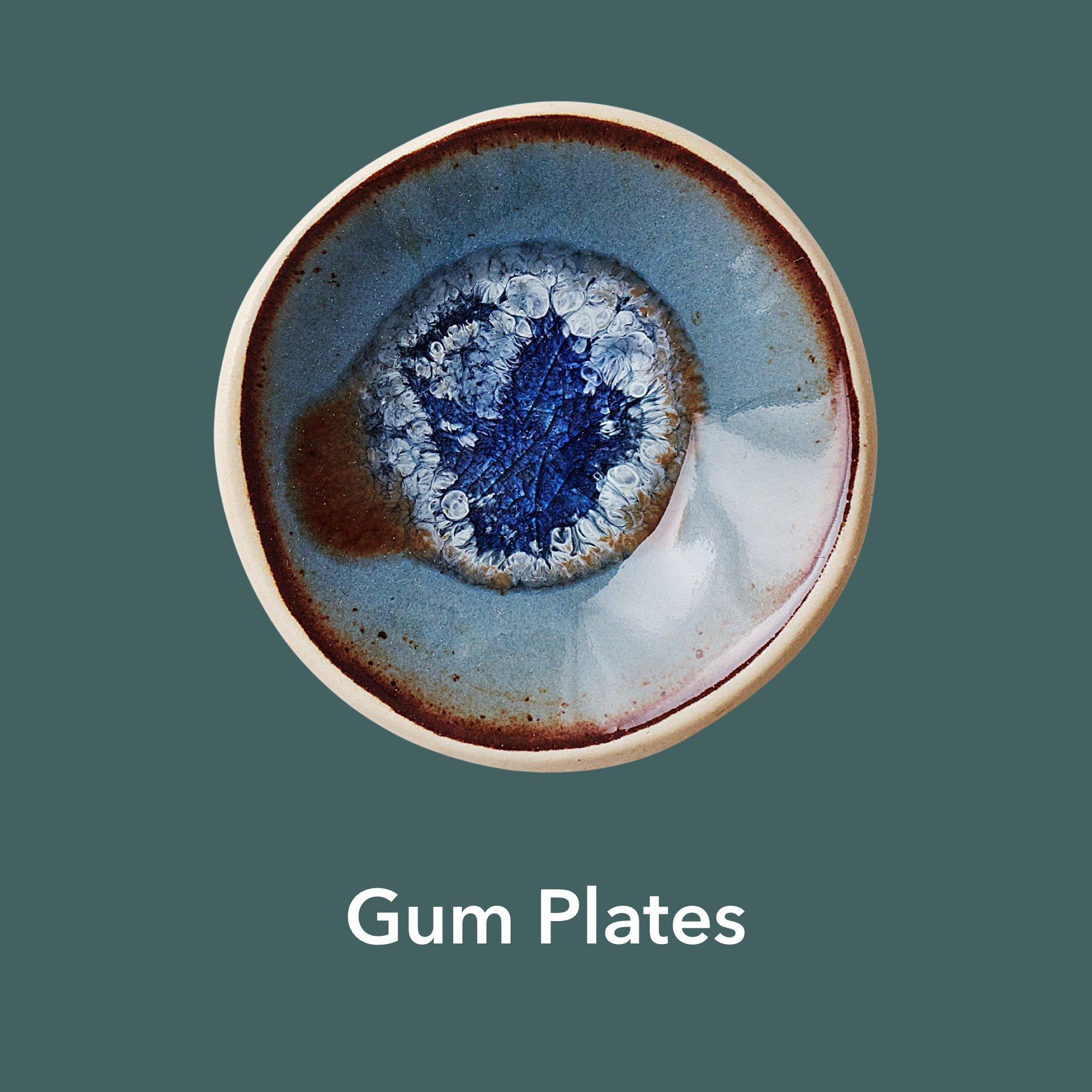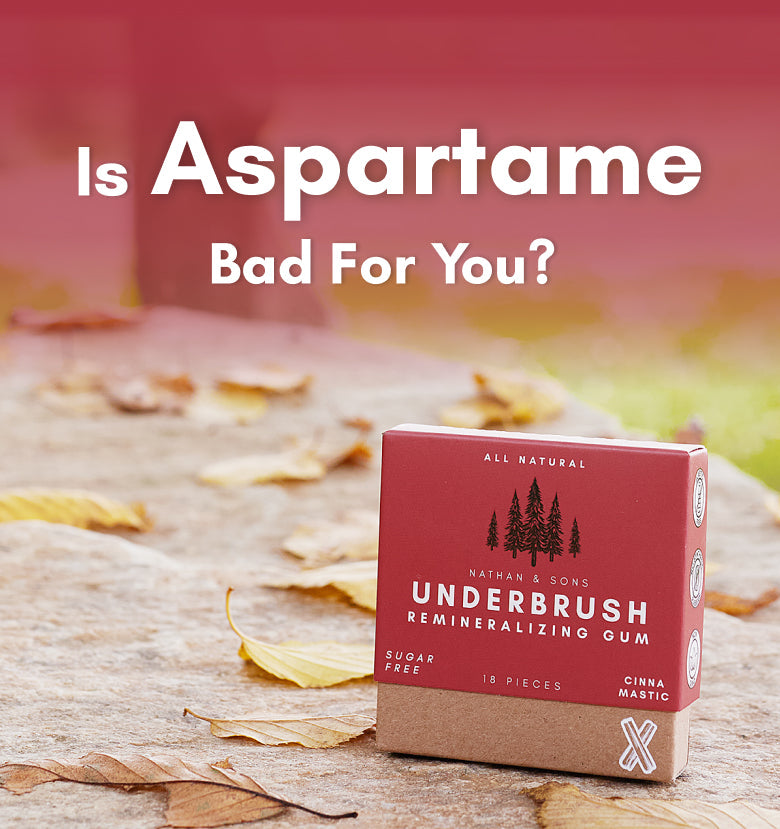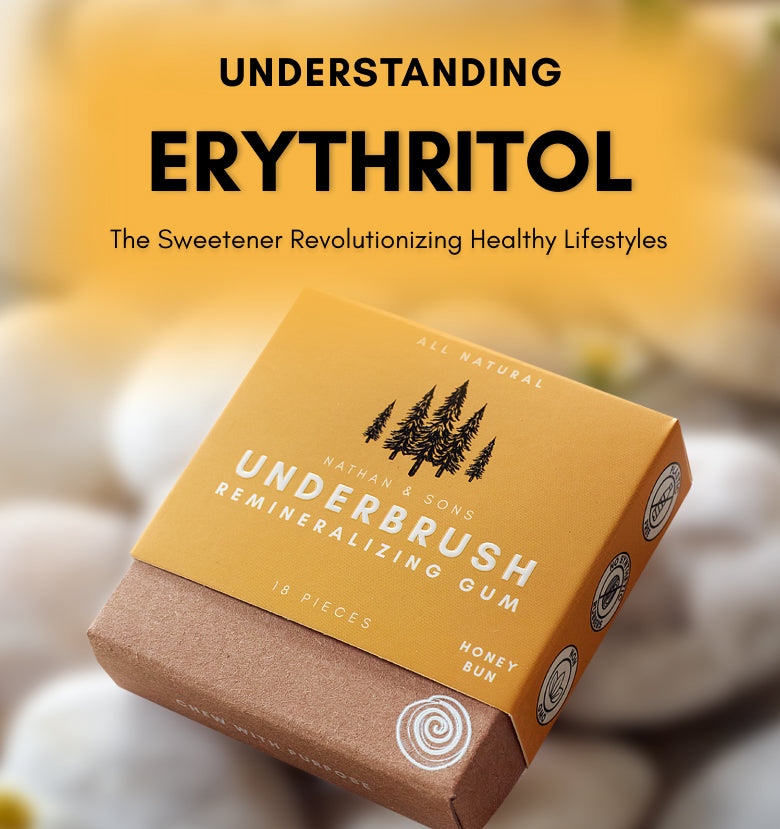People are asking… is remineralizing gum legit? The idea sounds almost too good to be true… a piece of gum that helps strengthen your teeth. But advances in oral science show that remineralizing gum isn’t a gimmick. When made with clinically backed ingredients, it can truly support enamel repair and promote long-term oral health.
It is not a magic fix, but a smart addition to your routine. Stick with me to uncover the facts, tips, and real results for a stronger smile.
What Is Remineralizing Gum?
Remineralizing gum looks like any sugar-free chew, but packs ingredients like xylitol, calcium, phosphate, and hydroxyapatite… the same mineral that forms most of your tooth enamel. These target demineralized spots on teeth where enamel wears thin.
Demineralization happens from plaque acids or snacks. Without action, it leads to cavities. Gum steps in by flooding your mouth with saliva that carries repair minerals. As you chew, saliva mixes with these particles, allowing essential minerals to redeposit on your teeth.
This process helps restore surface hardness, strengthens enamel, and protects against early signs of tooth decay. Most formulas also include xylitol, a natural sweetener that encourages saliva flow and helps neutralize acids in the mouth. The result is a simple, everyday way to protect teeth between brushing sessions. For more on how saliva aids repair, check the American Dental Association’s guide on chewing gum at https://www.ada.org/resources/ada-library/oral-health-topics/chewing-gum.
Is Remineralizing Gum Legit? How It Works
Remineralizing gum leverages natural mouth processes for enamel repair. It stimulates saliva while delivering key minerals directly to teeth.
Think of it as a portable shield. Pop a piece after lunch, and it starts working right away. No brushing needed, just five to ten minutes of chewing.
Is Remineralizing Gum Legit? What Science Says
Research shows that hydroxyapatite is a biomimetic mineral, meaning it mimics the natural composition of enamel. Studies published in dental journals confirm that nano-hydroxyapatite can significantly improve enamel microhardness and reduce demineralization.
Studies also show chewing gum with xylitol promotes enamel repair. One trial found xylitol gum with added calcium sped up subsurface lesion healing in just seven days. Participants wore dental appliances, and results beat plain gum or sugar versions.
Another study tested sorbitol and xylitol blends on demineralized enamel. Hardness jumped significantly, proving tougher teeth against wear. The ADA backs sugar-free gum for its saliva boost. More flow means more calcium and phosphate to plug enamel gaps. Xylitol starves cavity-causing bacteria too, cutting acid attacks by up to 40 percent.
A 2023 review confirmed xylitol gums prevent caries better than other polyols, with steady remineralization over time. Recent 2025 insights echo this, showing reduced harmful bacteria with regular use.
Clinical Results You Can Measure
Clinical findings reveal measurable outcomes. In controlled studies, hydroxyapatite products improved enamel hardness by up to 35% and reduced bacterial adhesion by nearly 40%. These results demonstrate that remineralizing gum, when formulated correctly, is a legitimate, science-backed solution for enamel repair and maintenance.
A 2023 systematic review highlights gums with funoran and calcium as top performers.
Key Benefits of Chewing Remineralizing Gum
This gum offers real perks beyond fresh breath. First, it neutralizes mouth acids fast. Saliva rise buffers pH, protecting enamel from erosion after coffee or fruit.
Second, it clears food bits that feed bacteria. Less plaque means fewer spots for decay to start. Users report smoother teeth in weeks, with less sensitivity to hot or cold.
Third, it fights dry mouth, a hidden enamel thief. Chewing kickstarts glands, delivering minerals where needed. For those on meds causing dryness, this is a game-changer that keeps smiles hydrated and strong.
These gains add up, keeping your natural teeth strong longer and saving trips to the chair.
Why Some Gums Don’t Work
Not all “remineralizing” gums live up to the label, and it is mostly safe, but overdo chewing and jaw aches pop up. Stick to recommended times. Some contain only trace minerals or substitute with calcium additives that don’t integrate into enamel. Others rely on marketing claims without verified studies or ingredient transparency, or sweeteners that upset stomachs if gulped in excess.
Sugary ones worsen problems, so read labels carefully. If allergies to aspartame or birch hit, choose natural options like mastic-based chews. Kids under five should skip it to avoid choking. Pregnant folks get a green light, as xylitol curbs decay without sugar risks.
For severe decay, gum aids early stages only. See a pro for fillings or crowns. It complements care, not replaces it. Dentist-approved guides confirm safety for most.
That’s why consumers should focus on brands that clearly list hydroxyapatite as the active ingredient and back their claims with evidence. Authentic, transparent companies are what make remineralizing gum legitimate rather than hype.
How to Choose and Use Remineralizing Gum Effectively
Pick gums labeled sugar-free with xylitol or sorbitol. Look for at least one gram of xylitol per piece for best effects. Top picks include those with hydroxyapatite for extra remineralization.
When evaluating remineralizing gums, check for:
- Active hydroxyapatite listed clearly.
- Published lab results or clinical references.
- Verified customer reviews across platforms.
- Transparent ingredient sourcing.
- A visible anti-counterfeit or authenticity policy.
Chew right after eating or sipping. Aim for 20 minutes, four times a day, but start with two if new. Spit it out fully to avoid jaw strain. Chew one or two pieces after meals or snacks to neutralize acids and promote remineralization.
Combine with basics for max impact. Brush twice daily with fluoride paste. Rinse after sweets. Eat cheese or milk for extra calcium hits that amplify the gum’s work.
Track progress with your dentist. They can spot remineralized areas on checkups using x-rays. Adjust based on your needs, like higher xylitol for high-cavity risk.
Brands that meet these standards provide real value and ensure that what you’re chewing truly supports your teeth.
Is Remineralizing Gum Legit? FAQs
* Does remineralizing gum actually reverse cavities?
It helps early demineralization but cannot fix full cavities. Studies show it rebuilds surface minerals, halting progress. It helps restore minerals to the enamel surface, improving hardness and resistance to decay. It doesn’t regrow lost enamel entirely, but it can slow or reverse early damage. For holes, professional treatment is key to avoid bigger issues.
* How long until I see results from remineralizing gum?
Many notice less sensitivity in two to three weeks. Full enamel strengthening takes months of consistent use. Pair with diet tweaks for faster wins, as trials suggest.
* Is xylitol gum safe for daily use?
Yes, up to five to ten grams daily is fine for adults. It is natural, low-calorie, and tooth-friendly. Consult your doctor if diabetic, as it affects blood sugar mildly. Evidence supports long-term safety. Yes, when made with non-toxic, fluoride-free ingredients like hydroxyapatite and xylitol. Always read the label and supervise younger children.
* Can remineralizing gum replace brushing?
No way. It supports between brushes but lacks fluoride’s deep clean. Use it as a booster, not a swap, for best oral health. The ADA stresses full routines.
Wrap Up: Make Remineralizing Gum Your Ally
So… is remineralizing gum legit? Yes. When it’s made with verified hydroxyapatite and tested for real mineral delivery, it works. Science supports it, and thousands of users have experienced noticeable results.
With science proving its power through saliva boosts and mineral delivery, it fits any routine seamlessly. For anyone seeking a fluoride-free, everyday way to support enamel health, remineralizing gum is a simple, credible, and effective solution.
Your smile thanks you. Stronger teeth start now, one chew at a time.
Order your remineralizing gum today!
References
- Pushpalatha C, et al. Nanohydroxyapatite in dentistry… a comprehensive review. Journal of Pharmacy & Bioallied Sciences 2023. https://pmc.ncbi.nlm.nih.gov/articles/PMC10562112/
- Pepla E, et al. Nano-hydroxyapatite and its applications in preventive dentistry… a review. International Journal of Nanomedicine 2014. https://pmc.ncbi.nlm.nih.gov/articles/PMC4252862/
- O’Hagan-Wong K, et al. The use of hydroxyapatite toothpaste to prevent dental caries. BDJ Open 2021.https://pmc.ncbi.nlm.nih.gov/articles/PMC8930857/
- Amaechi BT, et al. Comparative efficacy of a hydroxyapatite and a fluoride toothpaste in promoting remineralization. BDJ Open 2019. https://www.nature.com/articles/s41405-019-0026-8
- Paszynska E, et al. Caries-preventing effect of a hydroxyapatite toothpaste in children. Frontiers in Public Health 2023. https://www.frontiersin.org/journals/public-health/articles/10.3389/fpubh.2023.1199728/full
- Naim J, et al. The remineralizing and desensitizing potential of hydroxyapatite in dentistry. Review 2025.https://www.mdpi.com/2079-4983/16/9/325
- Florea AD, et al. Remineralization induced by biomimetic hydroxyapatite-based toothpastes. Materials 2023.https://pmc.ncbi.nlm.nih.gov/articles/PMC10604461/
- Badiee M, et al. Comparison of toothpastes containing fluoride, nano-hydroxyapatite, etc., on white-spot lesions. Dental Research Journal 2020. https://pubmed.ncbi.nlm.nih.gov/33343843/
- Söderling E, et al. Effects of xylitol chewing gum and candies on the oral microbiome. Nutrients 2021. https://pmc.ncbi.nlm.nih.gov/articles/PMC8791908/
- Riley P, et al. Xylitol-containing products for preventing dental caries in children and adults. Cochrane Review 2015. https://pubmed.ncbi.nlm.nih.gov/25809586/

